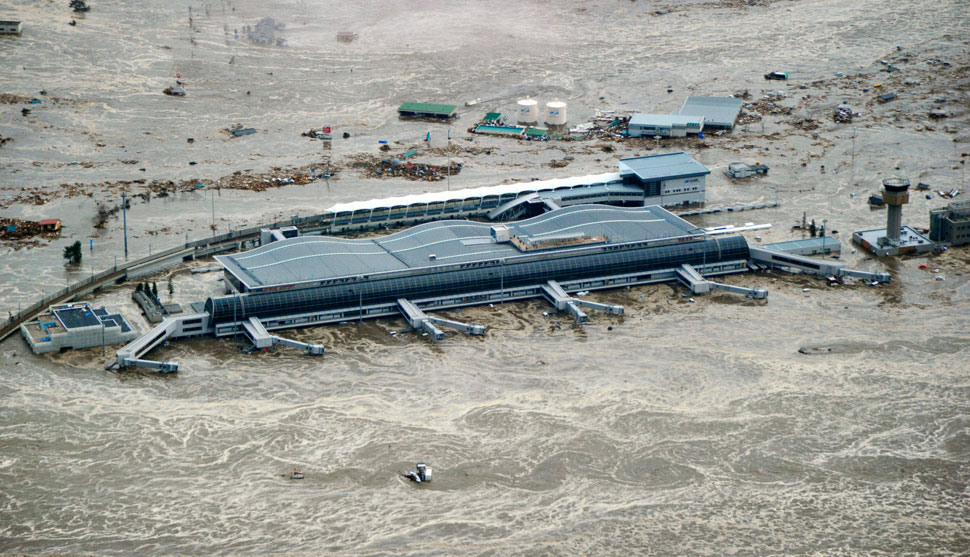Introduction
Okay, so you have managed to hold your nerves in control and brave the questions of the HR. You are now at the end of your interview session. What next? The answer is, there are a few more steps to go. For instance, the HR person may ask you if you have anything to ask of him/her. How do you respond to that? It is quite likely that you are stressed out and nothing comes to your mind. This article deals with this situation and gives you a few intelligent questions that you may ask.
The Rationale
First of all let us try to understand why the HR person puts you in such a situation. Is he/she simply being nice to you or is there more to it? One possible reason is that the company wants to project an image of transparency. The company wants you to know that it encourages two-way communication between the top management and the subordinates, an atmosphere where everyone can ask relevant questions and expect to get answers. In other words, the company respects the employee’s need to know about matters that affect him, no matter where he is in the hierarchy.
Next, and more important, this situation checks your presence of mind and ability to form intelligent questions. So far you have been simply answering questions asked of you. How do you behave when you are in a position to ask questions? What kind of questions do you ask? It also shows how serious you are about the company and the job.
Let us get on to some questions now.
Some Useful Questions
Before you set out to ask questions, keep the above reasons in mind. It would be good to sincerely thank the HR person for such an opportunity. You can start with something like “I have really enjoyed this opportunity to meet you and your team at .. (the company name). Yes, there are a few things I would like to know, thank you for asking” However it is not wise to ask the HR a volley of questions and turn it into a counter interview. Consider the questions below and choose one or two from them that you find the most useful to you.
- What do you personally find the most enjoyable part of working for this company?
- May I ask why or how you joined this organization? / What brought you here?
- I would like to know about the work atmosphere here…
- Would you be able to tell me about this company’s vision/philosophy?
- How would you evaluate this organization’s strengths and weaknesses?
- I would like to know a little about my day-to-day responsibilities.
- Is this an immediate requirement? How soon would you be taking people on board for this position?
- I would like to know how my skills compare with the other people who have applied for this position.
- I am really interested in this opportunity and I feel I have the required skills for this position. What would I have to do next?
- Now that our interview is coming to close, is there anything you would like to know about my ability towards this job?
- Would you be able to tell me a little about what the company expects from its employees? What are the most important assets and skills for this company?
- Does the company follow a structured path in promoting the employees? How does it go?
- If the company finds me good at the job, how would it advance me? What would be the next step in my career growth?
- If I performed well in the current position, what are the additional likely opportunities for me within this company?
- Are there any special areas in this company that the top leaders emerge from?/ Are there special areas like say sales or engineering that have more prospects for growth within this company, or do the leaders come from a cross section of different areas?
- The company has decided to recruit for this position from outside. How does the company choose between recruiting from within or outside?
- How far does this particular position contribute to the bottom line?
- What advice would you give to someone selected for this position?
- What are the current challenges of this position/department within the company?
- Before I leave, can I have a formal/written description of the position? This would help me to review the activities and evaluate what is expected of me.
- Is this job likely to lead to other positions in the company? What is the usual route?
- Would you be able to tell me a little about the people I will be working with?
- Before I take your leave, let me check my understanding of the position. The designation is …., the responsibilities are …., it is in the ….. department, and I would be reporting to ……. Please correct me if I have got it wrong anywhere.
- How does this company promote equal opportunity and diversity?
- Would you be able to tell me who the company regards as its stars? What have been their most important contributions?
- How do the subordinates address their seniors in this company?
- Could you tell me about the management style of this company?
- If you selected me for this position, what assignment would I be starting on?
- Does this company have a formal mission statement? Am I allowed to see it?
- What are the most important parameters along which this company evaluates an employee’s contribution?
Some Usefull Question Answers
1. Tell me about yourself?
I am down-to-earth, sweet, smart, creative, industrious, and thorough.
2. How has your experience prepared you for your career?
Coursework:
Aside from the discipline and engineering foundation learning that I have gained from my courses, I think the design projects, reports, and presentations have prepared me most for my career.
Work Experience:
Through internships, I have gained self-esteem, confidence, and problem-solving skills. I also refined my technical writing and learned to prepare professional documents for clients.
Student Organizations:
By working on multiple projects for different student organizations while keeping up my grades, I've built time management and efficiency skills. Additionally, I've developed leadership, communication, and teamwork abilities.
Life Experience:
In general, life has taught me determination and the importance of maintaining my ethical standards.
3. Describe the ideal job.
Ideally, I would like to work in a fun, warm environment with individuals working independently towards team goals or individual goals. I am not concerned about minor elements, such as dress codes, cubicles, and the level of formality. Most important to me is an atmosphere that fosters attention to quality, honesty, and integrity.
4. What type of supervisor have you found to be the best?
I have been fortunate enough to work under wonderful supervisors who have provided limited supervision, while answering thoughtful questions and guiding learning. In my experience, the best supervisors give positive feedback and tactful criticism.
5. What do you plan to be doing in five years' time?
Taking the PE exam and serving in supervisory/leadership roles both at work and in professional/community organization(s).
6. What contributions could you make in this organization that would help you to stand out from other applicants?
In previous internships, my industriousness and ability to teach myself have been valuable assets to the company. My self-teaching abilities will minimize overhead costs, and my industriousness at targeting needs without prompting will set me apart from others. Additionally, one thing that has always set me apart from my scientific/engineering peers are my broad interests and strong writing abilities. I am not your typical "left-brained" engineer, and with my broad talents, I am likely to provide diverse viewpoints.
7. What sort of criteria are you using to decide the organization you will work for?
Most importantly, I am looking for a company that values quality, ethics, and teamwork. I would like to work for a company that hires overachievers.
8. What made you choose your major?
My academic interests are broad, so I sought civil engineering to achieve a great balance of mathematics, chemistry, biology, physics, and writing.
9. Have your university and major met your expectations?
The College of Engineering at MSU has exceeded my expectations by providing group activities, career resources, individual attention, and professors with genuine interest in teaching.
My major has met my expectations by about 90%. I would have enjoyed more choices in environmental courses, and would have preferred more calculus-based learning.
10. What made you choose this college?
I chose this college for the following reasons: my budget limited me to in-state schools, I was seeking an area with dog-friendly apartments, the MSU web site impressed me, I saw active student groups, and the people were very friendly.











































